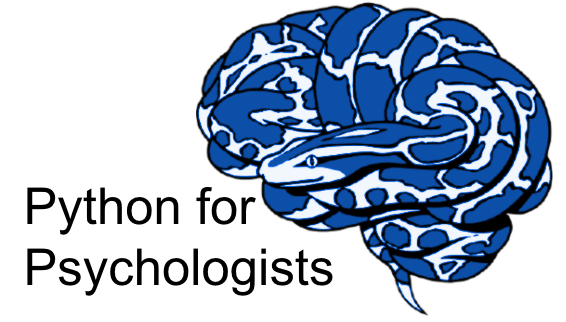Python module showcases
Contents
Python module showcases¶
Ain’t no course good enough¶
The reality of courses like this one is that they really can’t teach attending folks all they need to know to subsequently apply the adjacent content sufficiently, not to mention the training aspect. At best, courses like this one provide folks with the materials, overview and pointers necessary to continue and actually dive into the taught topics (the truth hurts sometimes, doesn’t it?). Another important aspect that is frequently overlooked is that attendees usually need a certain set of skills and experience to really benefit from a given course, especially considering the diverse backgrounds folks have. We want to be fair, open and welcoming to everyone and while we know that we unfortunately can’t achieve and assume a truly similar level of training and experience across all participants, we can at least do our best to work towards certain opportunities. That being said, courses like the one you’re currently looking at, quite often (should) provide add-on materials covering and teaching basic to advanced programming skills applied to file handling/input/output, signal processing, statistics, linear algebra (vectors much?) and certain data modalities. Tough stuff, eh?
Let there be post-course training¶
So what can we actually do to provide the entire attending gang with the chance to get up to speed for things beyond this course? Unfortunately, we can’t hold regular post-course-workshops and various consultations. Instead we decided to utilize the fantastic jupyter-python-open science world and build upon the framework of jupyter books employed to host this course and its materials. In other words, we assembled a stack of short tutorials that cover quite a few aspects with a clear focus on neuroimaging. As the rest of the content, they are jupyter notebooks that can be run interactively (via the little rocket on the top right) or locally (via the download button on the top right) and mix theoretical background with actual code so that folks can familiarize themselves with the corresponding topics.
Important: we know that everyone has a lot of stuff to do and that not everyone will be able to go through the stuff we collected here. Y’all: don’t worry about that, it’s chilli-milli. These things are there and it’s up to you to check them out or not. If you go through some of the notebooks, please just make sure that you ask all the questions that might pop up, the same holds true for any problems you might encounter. Long story short, here are the topics organized from basic to advanced skills and concepts. Please note that further topics like Eye Tracking, EEG, etc., will be added soon.
Introduction to scikit-learn & scikit-image
Visualization for data in python
Introduction to Neuroimaging in python - Nibabel
Introduction to Neuroimaging in python - Nilearn
Introduction to fMRI analyses in python
Introduction to fMRI functional connectivity in python
Introduction to diffusion imaging in python
Neuroimaging - Machine learning - preparation
Neuroimaging - Machine learning - Nilearn
Hakuna matata¶
We can’t stress this enough: it’s all ok, don’t let the imposter syndrome get the better of you.

https://c.tenor.com/yfDp5K_0_LMAAAAC/you-got-this-thumbs-up.gif

